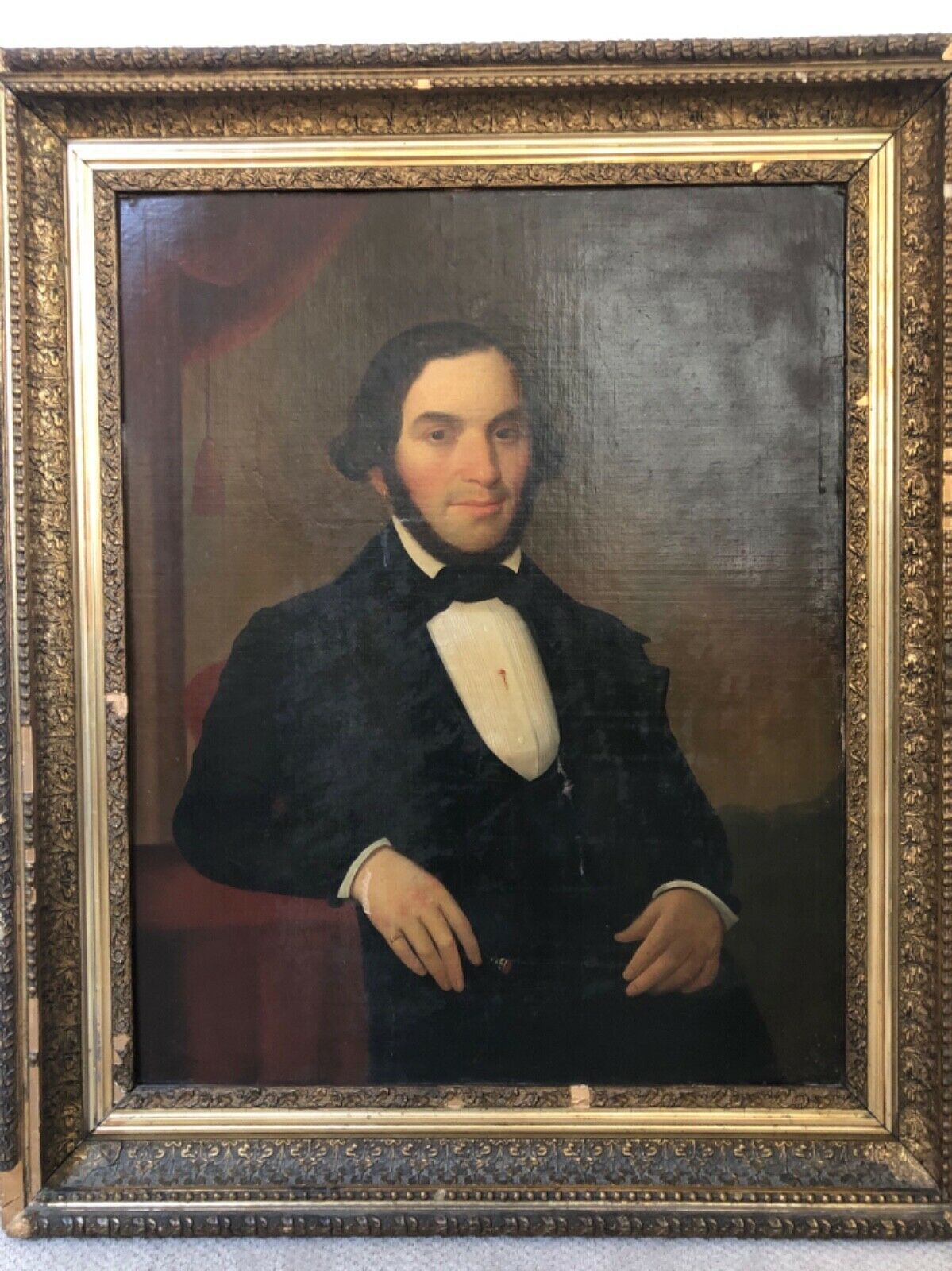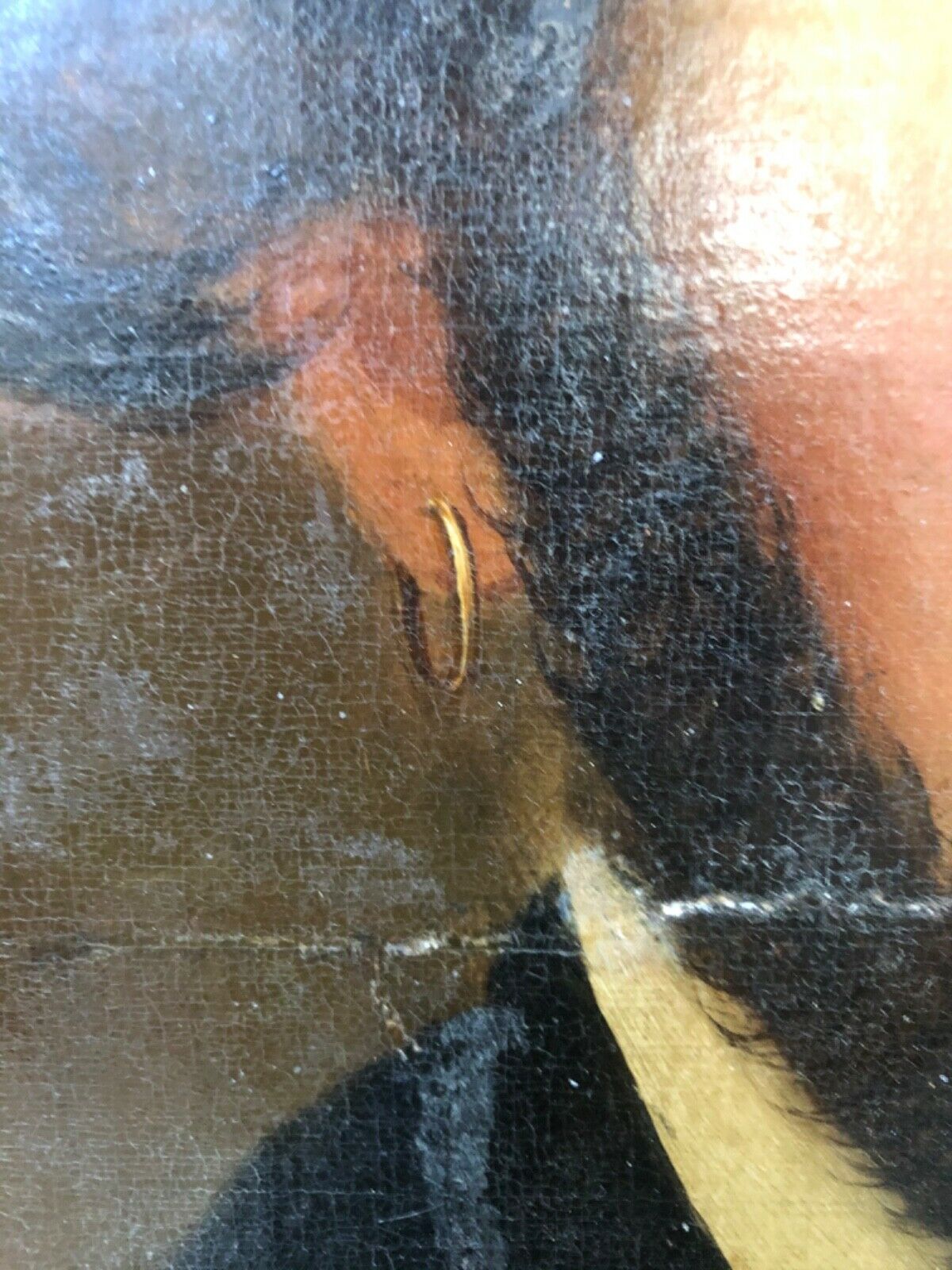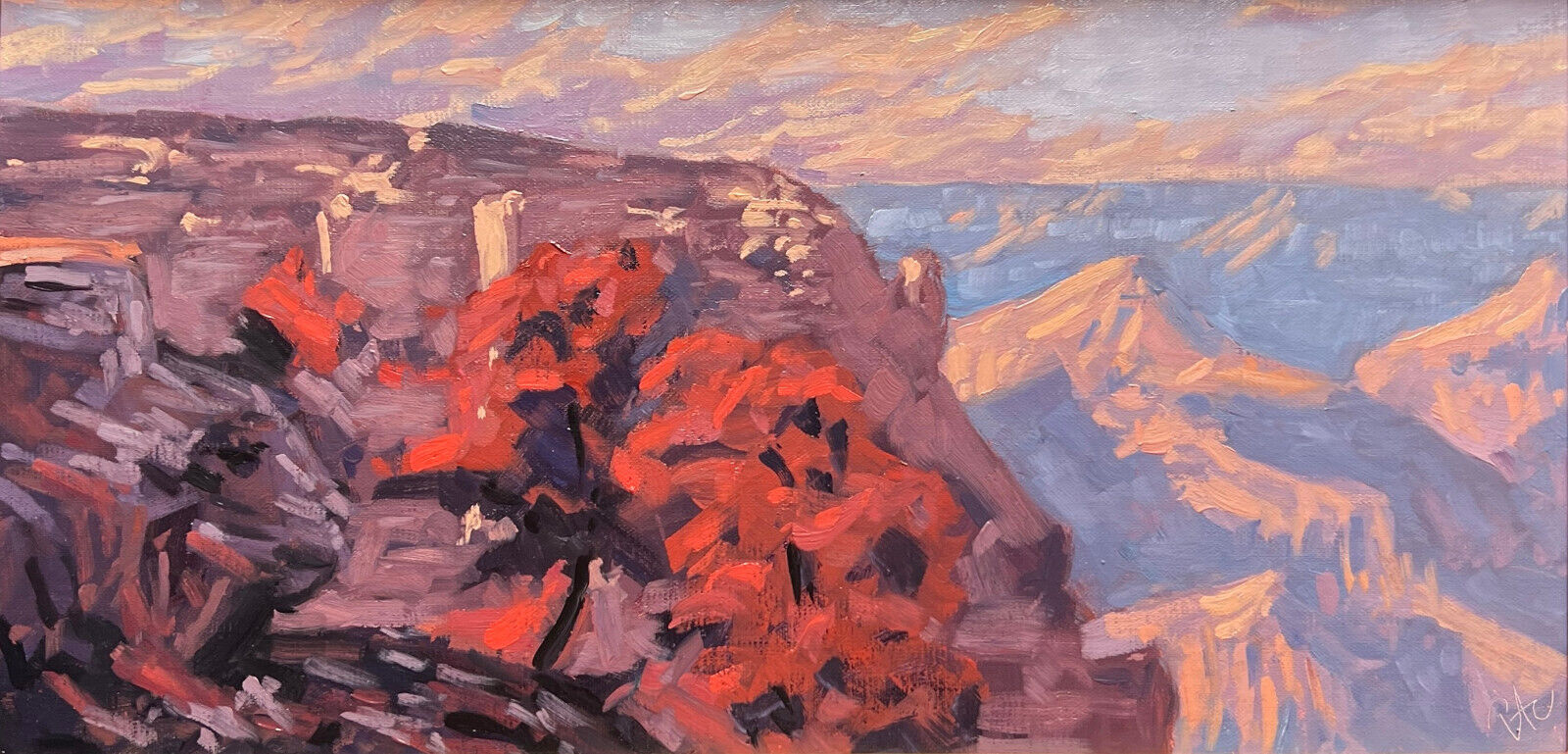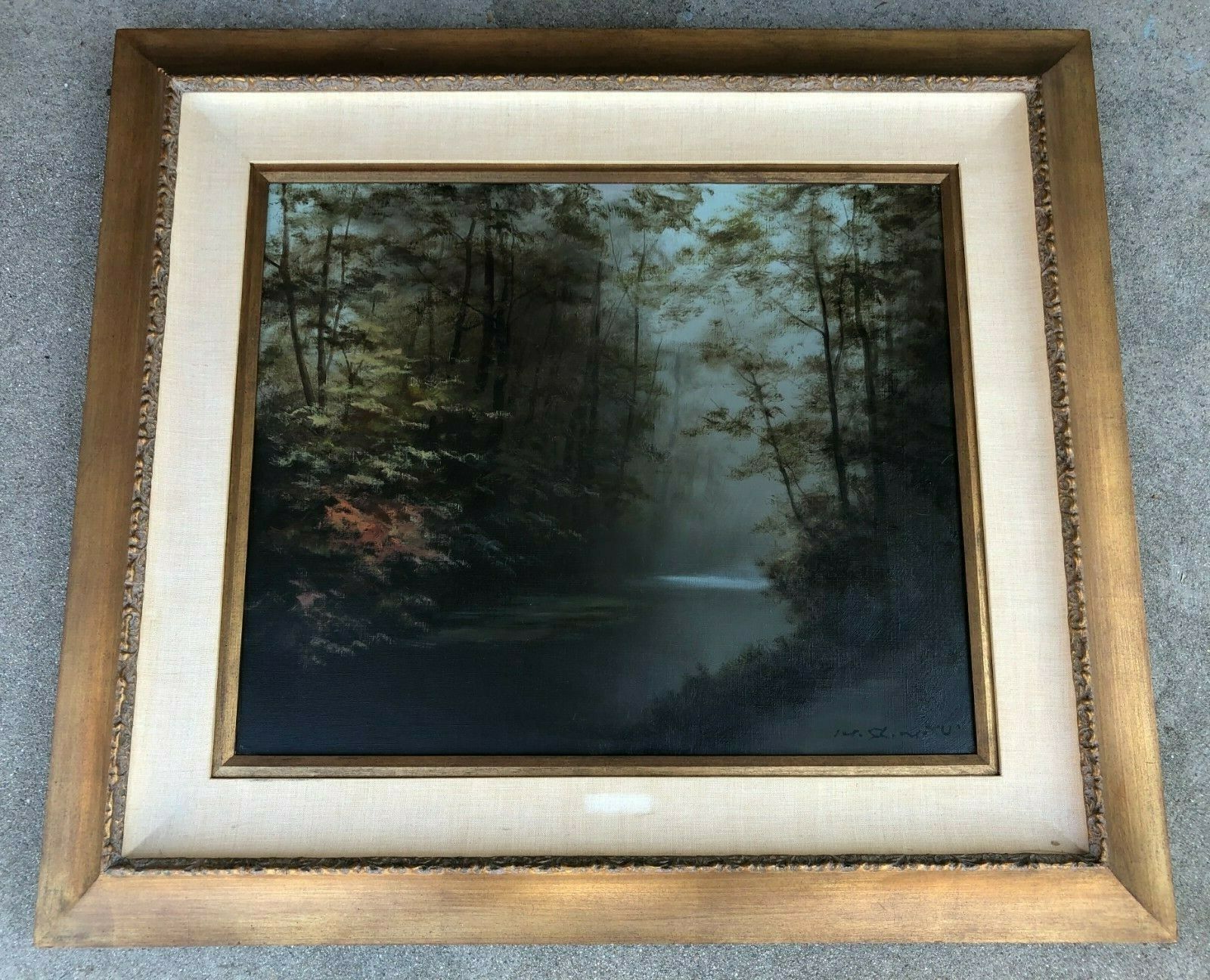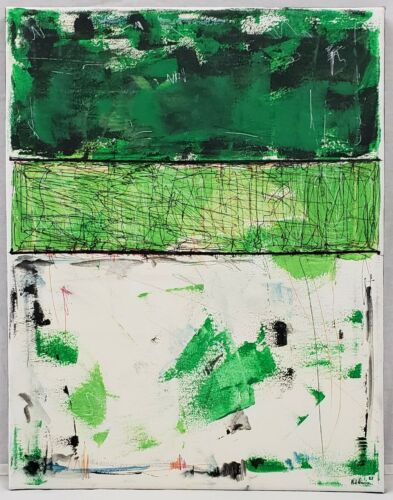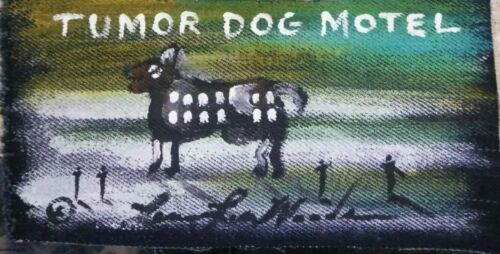-40%
🔥 RARE Antique 19th American Old Master Oil Painting of Pirate - Insco Williams
$ 1848
- Description
- Size Guide
Description
This is a stunning and Magnificent RARE Antique early 19th c. American Old Master Oil Painting Portrait of a Whaling Ship Captain (Or Pirate?) with gold earring, by Ohio & Indiana Pre - Civil War painter, John Insco Williams (1813 - 1873.) This is such a profound painting, that I hardly know where to start...This “life sized” portrait depicts a handsome and elegantly dressed gentleman, with a pinky signet ring, short trimmed beard and large gold hoop earring. After consulting regional historians, it has been determined that the sitter is a wealthy Whaling Ship Captain, as only sailors (or Pirates!) wore gold earring jewelry in early 1800’s America. The fact that he did not remove the jewelry for the portrait is Very Unusual, and demonstrates that the sitter was very proud of being a seaman, and wanted the earring shown and immortalized in the portrait. Due to how elegantly dressed the man is, and how ridiculously expensive this commissioned portrait painting would have cost in the day, the sitter is clearly a ship captain, who could have afforded such a luxury. Signed “Insco Williams, Delphi 1846” in the lower left hand corner. Delphi is a city in Indiana, and was likely the location that this work was painted. It is also the name of a Whaling Ship, so it is ambiguous in regard to what this particular “Delphi” represents. Approximately 37 1/2 x 44 1/2 inches (including frame.) Actual artwork is approximately 29 x 36 inches. This painted is mounted in a stunning (and heavy) original 19th c. antique hand carved rococo gilded wood frame. The frame alone is worth more than I am asking for this entire artwork. Frame has some edge wear, chipping, and missing bits of gesso ornamentation. The painting itself has some light scuffs, a few scratches and fine spiderweb craquelure throughout from 175+ years of age (please see photos.) This is a manor sized artwork that would look incredible above a fireplace, or at the entry way of a Victorian mansion. Truly a sight to behold. Shipping is what it is because this is a very large and heavy work of art, that must be expertly packaged and shipped due to age, size, and historical importance. Please check my other listings for more wonderful and unique artworks!About the Artist:
John Insco WILLIAMS (1813-1873)
Birth place:
Oldtown, OH
Death place:
Dayton, OH
Addresses:
Indiana, 1832-35; Phila., 1835-38; Richmond, IN, 1840-41; Cincinnati, OH, 1841-69; Dayton, 1869-73
Profession:
Portrait & panorama painter
Studied:
Cincinnati before 1832; Russell Smith & Thomas Sully, Philadelphia 1835-40
Comments:
Apprenticed to a carriage painter in 1828 and worked in Ohio for the next seven years, apparently taking painting lessons at some point in Cincinnati. Began working as a professional itinerant portrait painter about 1832, traveling through central Indiana for three years. After studying for several years in Philadelphia, he returned to Indiana and opened a studio in Richmond, where he befriended Samuel Swan Walker (see entry), in 1841. The same year he moved to Cincinnati and stayed there for the next twenty-eight years, although he traveled periodically, visiting Louisville, KY, in 1845, and Richmond in 1847. While in Louisville, he met John Banvard (see entry), from whom he learned about the painting of panoramas. Williams soon became an accomplished and renowned panoramist himself. His 1849 The Grand Moving Panorama of the Bible" was a great success, traveling to Cincinnati, Dayton, Baltimore, Washington, and Boston, before it was destroyed by the fire at Independence Hall, Philadelphia, in March 1851. A second version of this panorama was exhibited all over the country between 1856-71. A third panorama, "The Great Painting of the American Rebellion," was also widely exhibited and apparently brought Williams financial security. He also painted still lifes and landscapes. His wife (Mary Roberts Forman Williams, see entry) and two daughters also were painters.
Sources:
G&W; Peat,
Pioneer Painters of Indiana,
86-91; Clark,
Ohio Art and Artists,
111; Rutledge, PA; Rutledge, MHS. More recently, see Hageman, 107-111; Gerdts,
Art Across America,
vol. 2: 257."
